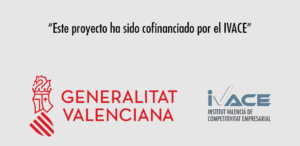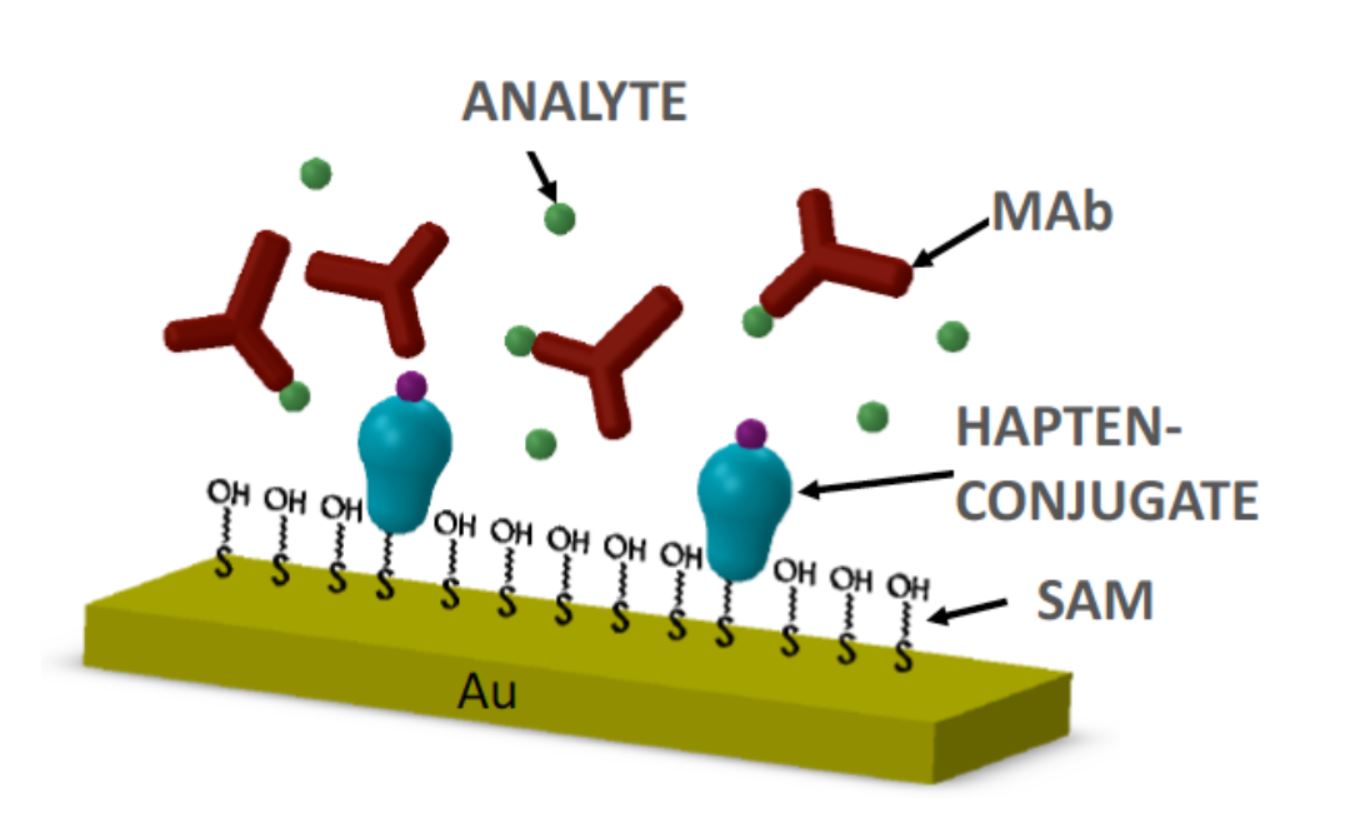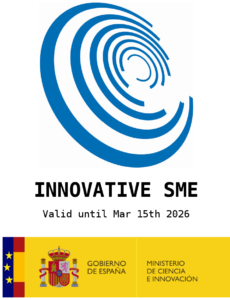AWSensors obtiene ayudas para su Plan de Internacionalización
30/06/2021. Advanced Wave Sensors S.L. (AWSensors) ha sido beneficiaria de las Ayudas de Seguimiento y Ejecución de las Tutorías de Internacionalización cofinanciadas por el Institut Valencia de Competitividad Empresarial (IVACE) y el Fondo Europeo de Desarrollo Regional (FEDER) cuyo objetivo es mejorar la competitividad de las PYMES de la Comunitat Valenciana. Gracias a este respaldo, AWSensors continuará ejecutando las acciones recogidas en su Plan de Internacionalización y Marketing Digital de 2021, entre las que destacan las estudiadas durante el programa de tutorías de EXPORNET, en la cual recibimos asesoramiento especializado en posicionamiento internacional, a través del uso de Internet como herramienta comercial de ámbito internacional.
![]()

30 junio 2021









